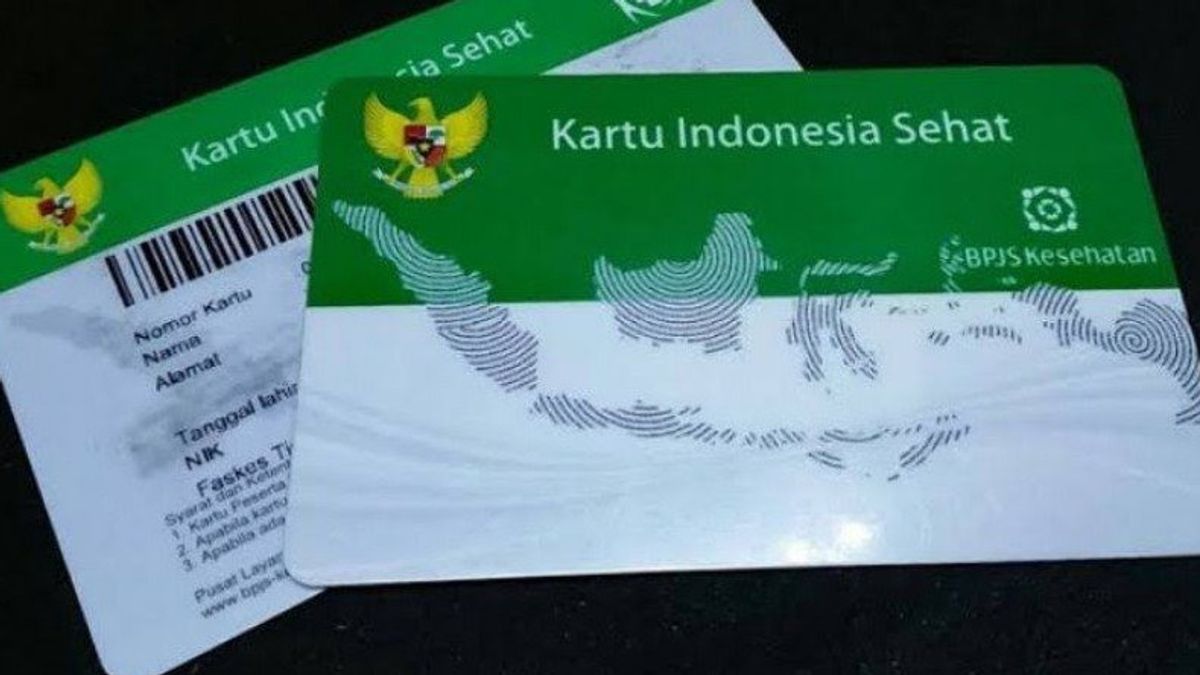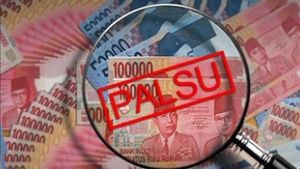YOGYAKARTA - Budi Gunadi Sadikin, Minister of Health, announced that BPJS Health contributions will certainly not increase until 2024. Good news for BPJS participants is a directive from President Joko Widodo.
BPJS Kesehatan merupakan program dari pemerintah untuk memudahkan masyarakat mendapatkan akses layanan kesehatan. Selain program tersebut, pemerintah juga mengeluarkan Kartu Indonesia Sehat (KIS) sebagai layanan perlindungan kesehatan. Namun masih banyak yang belum tahu perbedaan KIS dan BPJS.
KIS is a naming for the National Social Security System (SJSN) Health Insurance Program (JKN) intended for the Indonesian people. This program targets the poor and underprivileged to receive payment assistance from the government.
Meanwhile, BPJS Kesehatan is a Public Legal Agency formed to organize the SJSN Health Insurance (JKN) program. So KIS is a health service program, while BPJS is the agency that carries out the program.
The following are the differences between KIS and BPJS Kesehatan:
KIS participants are given the right to get medical services for free. Health services apply to all types of diseases in the health facility that work together. BPJS Kesehatan is tasked with ensuring promotive, preventive, curative, and rehabilitative health costs for JKN participants whose status is still active.
In terms of benefits, these two health services have almost the same benefits. What distinguishes only from the rights of inpatient classrooms.
JKN KIS prioritizes people with social welfare problems (PMKS), such as the poor and the underprivileged. Meanwhile, BPJS Health can be used by anyone. The requirement to become a BPJS Kesehatan participant only to register independently or be registered by a place of work company that provides the facility.
The amount of KIS and BPJS Health contributions has differences in bills paid every month. KIS participants are not asked to collect fees at all or are free. Services provided to KIS participants are subsidized by the government.
Meanwhile, BPJS Kesehatan participants are required to pay their monthly dues according to the selected class. The delay in payment of dues will be subject to fines. The amount of contributions per BPJS Kesehatan participant is different for each class, with details of class 1 IDR 150,000, class 2 IDR 100,000, class 3 IDR 35,000.
The coverage of the JKN KIS area is portable or can be used by participants throughout Indonesia according to the procedures and stipulated provisions. The use of services also pays attention to a tiered referral system.
The health facilities obtained by KIS participants are the first level health facilities (Faskes I) anywhere, including hospitals, health centers, health clinics, and general practitioners throughout Indonesia. Meanwhile, BPJS Kesehatan can only be obtained at the first level health facility as registered on the membership card.
Minister of Health Budi Gunadi ensured that there would be no changes in the amount of premium, either for class 1, 2, or 3 BPJS Health, even though there was an adjustment to the tariff for the Indonesia Case Based Group (INA CBGs) from BPJS to the hospital.
Budi also revealed that the BPJS balance sheet is still strong until 2024. The financial condition is able to support the payment of the INA CBGs tariff which will be implemented starting January 1, 2023. The BPJS Health contribution tariff adjustment will only be made in 2025.
Minister of Health Budi said the increase in BPJS Health rates was normal. He explained that it is impossible for hospitals to allow employee salaries not to increase for 5 years. So BPJS Health rates also increased.
Abdul Kadir, Chairman of the Supervisory Board of BPJS Kesehatan, on the same occasion said that the adjustment of the INA CBGs tariff based on basic health needs (KDK) and standard hospitalization classes (KRIS) would certainly make BPJS class contributions increase drastically, including for class 3.
Abdul said the BPJS health contribution rate in 2025 could reach around Rp. 70,000 from the current nominal value of Rp. 35,000. The increase also adjusted to the total population of class 3 participants, namely 70 percent of the total BPJS Health participants as a whole.
Abdul also said that a drastic increase in BPJS Health contributions had been simulated by actuarials. If the increase in class 2 rates, the 3rd grade premium automatically also increases to Rp. 70,000, not just Rp. 40,000.
This is the difference between KIS and BPJS Kesehatan, as well as information on the increase in the rate of contributions. Minister of Health Budi Gunadi Sadikin asked the public not to worry about the increase in BPJS Health contributions because it was confirmed that this would not happen until 2024.
Stay up to date with the latest domestic and foreign news on VOI. You present the latest and most recent nationally and internationally.
The English, Chinese, Japanese, Arabic, and French versions are automatically generated by the AI. So there may still be inaccuracies in translating, please always see Indonesian as our main language. (system supported by DigitalSiber.id)








